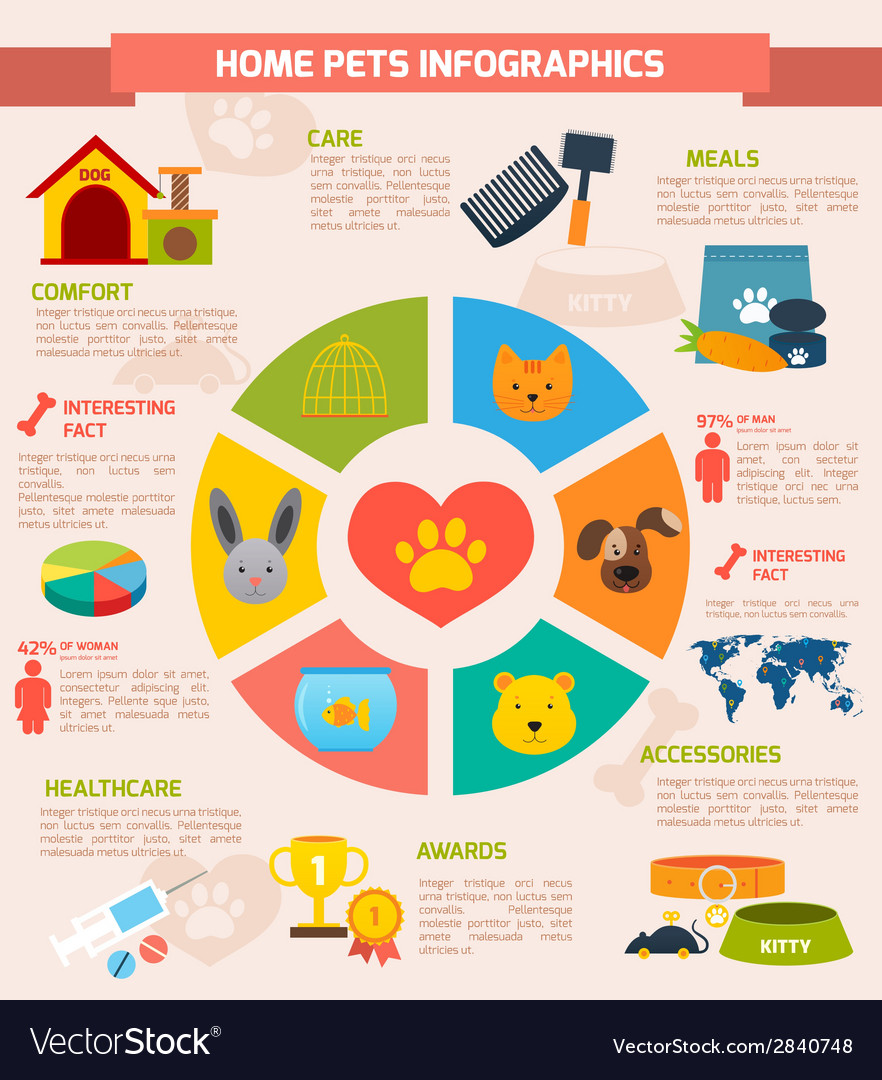Dog Daycare Routine Example
Dog Daycare Routine Example
Blog Article
Is Pet Day Care Stressful?
Numerous pets love childcare and are happy to be with their hair siblings all the time. However, for some dogs it can be difficult.
Try to find a center with certified fitness instructors and behaviorists that get on the flooring at all times, monitoring the team play. This is specifically essential for pet dogs that are responsive, exhibit resource safeguarding or come to be antisocial or compulsive.
1. Overcrowding
For numerous pet dogs, childcare is a favorable experience that provides physical and mental exercise to burn pencil up power. Nonetheless, the influx of new canines, smells and atmospheres can be frustrating for some pets.
Dogs should be paired with other pet dogs that are comparable in dimension, age, socializing and play design to make certain safety and prevent overstimulation. However, overcrowding is common at canine day cares and can trigger individuality clashes and harassing that cause injuries.
Ask what precaution the center requires to maintain your dog secure. For instance, exists an exterior room for pets to run away the groups? Does the center have normal breaks for your dog to relax their nerves? Ask what sort of emergency treatment and mouth-to-mouth resuscitation training staff members have and if they know with carrying out drug to your pet dog. Additionally, it is necessary to see to it your pet's food and drugs remain in a classified bag that day care personnel can swiftly gain access to.
2. Modifications in routine
The end of summer is coming and with it comes big changes as children return to institution and people return to their work schedules. This can be demanding for your dog. They'll miss out on all the hiking and playtime you do together and might begin to really feel bored. Their habits might change also, such as too much barking or harmful habits.
Canines love regular, so an abrupt change in their everyday routine can create them stress and anxiety. Make certain to prepare ahead and gradually modify your feeding and stroll times in dog boarding near me within 5 mi the weeks leading up to back-to-school. This will help your pet adapt to their new schedule and reduce any kind of undesirable behavior.
Daycare is a superb method for canines to get a lot of physical and mental exercise, specifically if they are young or energised. They also obtain socializing experiences that will construct self-confidence and good behaviors, which can help them cope with the anxiousness they may experience from things like journeys to the vet, visits to your office or home and other demanding occasions.
3. Separation anxiousness
The drop off and get process can be a little bit stressful for pets, particularly when it's the first time. Several canine daycares provide a regular daily timetable, and gradually this helps family pets feel comfy and protected while they're far from their owners.
Structured play, structured pause and regular treat times all help pet dogs develop a feeling of familiarity and predictability. This, incorporated with positive support, helps reduce separation anxiousness symptoms.
Socializing also maintains dogs literally and mentally busy, which can make them less responsive to stress factors when they're home. This, together with favorable reinforcement, aids to reduce anxiousness and increase self-confidence.
4. Unsupervised play
Pet dogs that are not mingled on a regular basis can become anti-social-- this is typically viewed as canine aggressiveness. This can happen also in a well-managed childcare setting, so make sure to watch the canines meticulously. Search for a proportion of 11 or much less canines to flooring individuals. Team needs to be playing and communicating with the pets, not sitting at their desks or looking at their phones.
The center ought to have a peaceful location where the dogs can kick back and reenergize between play sessions. This is particularly crucial for high-energy types that need to burn off added power or low-energy older dogs.
Ask the personnel what they do to maintain the pets calm. They must make use of positive reinforcement (praise, stroking, play) and never ever use physical punishment or aversives. They must additionally be learnt pet first aid and mouth-to-mouth resuscitation. Last but not least, the facility ought to have an efficient method for feeding times to stop food aggression.